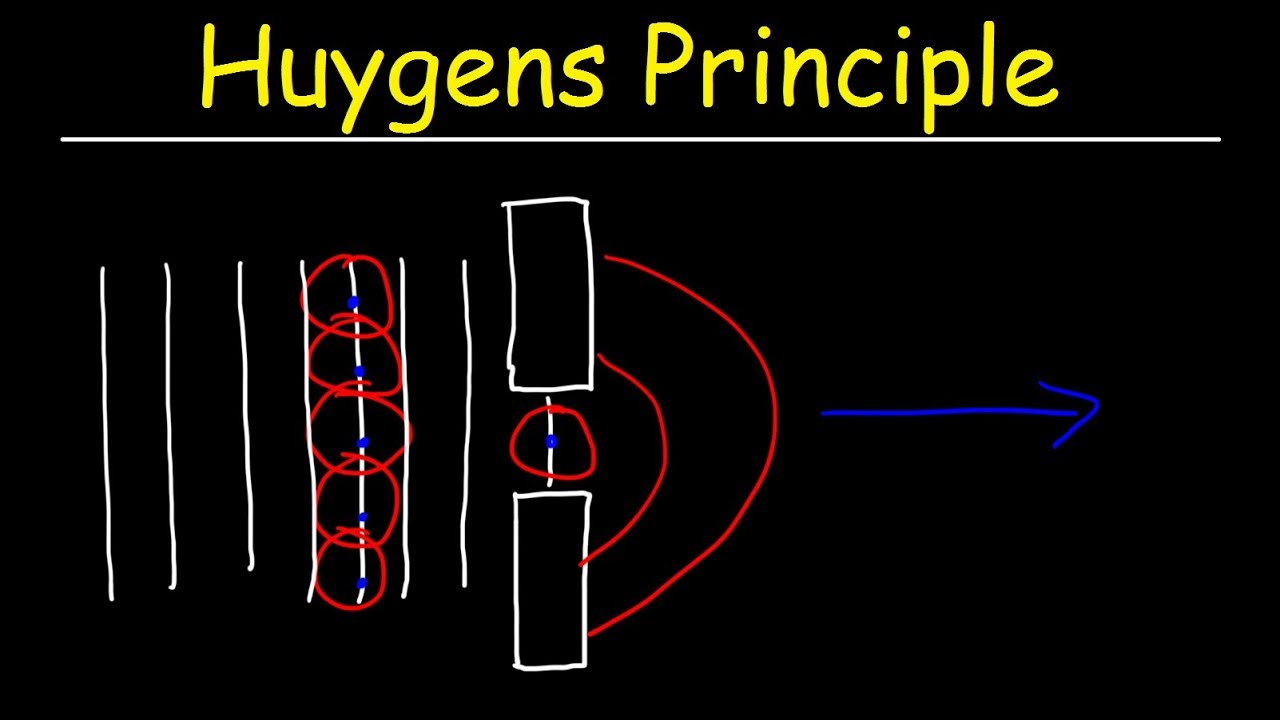
Huygens' Principle is a fundamental concept in physics that explains how waves propagate. But what exactly is Huygens' Principle? In simple terms, it states that every point on a wavefront acts as a source of tiny wavelets that spread out in all directions. These wavelets then combine to form a new wavefront. This principle helps explain various wave behaviors, such as reflection, refraction, and diffraction. Named after the Dutch scientist Christiaan Huygens, this idea revolutionized our understanding of light and sound waves. Whether you're a student, teacher, or just curious about physics, learning about Huygens' Principle can offer valuable insights into the nature of waves.
What is Huygens' Principle?
Huygens' Principle is a fundamental concept in wave theory. It explains how waves propagate through space. This principle, proposed by Christiaan Huygens in 1678, has wide applications in physics, especially in optics and acoustics.
- Huygens' Principle states that every point on a wavefront acts as a source of secondary spherical wavelets.
- These secondary wavelets spread out in all directions at the same speed as the original wave.
- The new wavefront is the tangent to these secondary wavelets.
- This principle helps explain the behavior of light, sound, and other wave phenomena.
Historical Background of Huygens' Principle
Understanding the historical context of Huygens' Principle can provide insights into its significance and development.
- Christiaan Huygens was a Dutch physicist, mathematician, and astronomer.
- He introduced his principle in his book "Traité de la Lumière" (Treatise on Light) in 1690.
- Huygens' work laid the groundwork for the wave theory of light.
- His principle challenged the particle theory of light proposed by Isaac Newton.
Applications in Optics
Huygens' Principle has numerous applications in the field of optics, helping to explain various optical phenomena.
- It explains the phenomenon of diffraction, where waves bend around obstacles.
- The principle is used to understand interference patterns, such as those seen in double-slit experiments.
- It helps in designing optical instruments like lenses and microscopes.
- Huygens' Principle is crucial in understanding the behavior of polarized light.
Applications in Acoustics
In acoustics, Huygens' Principle helps explain how sound waves propagate and interact with their environment.
- It explains how sound waves bend around obstacles, a phenomenon known as acoustic diffraction.
- The principle helps in designing better acoustic environments, such as concert halls.
- It aids in understanding how sound waves interfere with each other, creating patterns of constructive and destructive interference.
- Huygens' Principle is used in sonar technology to detect objects underwater.
Mathematical Formulation
The mathematical formulation of Huygens' Principle provides a precise way to predict wave behavior.
- The principle can be expressed using the wave equation, a fundamental equation in physics.
- It involves solving partial differential equations to determine the shape and position of wavefronts.
- The principle is used in numerical simulations to model wave propagation in various media.
- It helps in solving complex problems in wave mechanics and quantum physics.
Modern Developments
Huygens' Principle continues to be relevant in modern physics and engineering, with ongoing research and applications.
- It is used in the study of electromagnetic waves, including radio waves and microwaves.
- The principle is applied in the design of antennas and communication systems.
- It helps in understanding the behavior of waves in complex media, such as plasmas and metamaterials.
- Huygens' Principle is used in computational methods, such as finite element analysis, to model wave behavior.
Interesting Facts
Here are some intriguing facts about Huygens' Principle that highlight its importance and versatility.
- Huygens' Principle can be used to explain the phenomenon of refraction, where waves change direction when passing through different media.
- The principle helps in understanding the behavior of waves in curved spaces, such as gravitational waves in general relativity.
- It is used in the study of waveguides, structures that guide waves along a specific path.
- Huygens' Principle is applied in the field of photonics, the study of light and its interactions with matter.
- The principle is used in the design of optical fibers, which transmit light signals over long distances.
- It helps in understanding the behavior of waves in anisotropic media, where wave speed varies with direction.
- Huygens' Principle is used in the study of wave scattering, where waves are deflected by obstacles.
- The principle has applications in medical imaging, such as ultrasound and MRI, to create detailed images of the human body.
The Final Word on Huygens' Principle
Huygens' Principle isn't just a cornerstone of wave theory; it's a gateway to understanding how waves behave. From explaining light's diffraction to predicting wavefronts, this principle has shaped modern physics. It helps scientists design better lenses, improve communication technologies, and even understand seismic waves. Knowing these 32 facts gives you a solid grasp of why Huygens' Principle remains relevant. Whether you're a student, a teacher, or just curious, this principle offers a fascinating glimpse into the world of waves. So next time you see light bending around a corner or hear an echo, you'll know there's a bit of Huygens' genius at play. Keep exploring, keep questioning, and let the waves guide your curiosity.
Was this page helpful?
Our commitment to delivering trustworthy and engaging content is at the heart of what we do. Each fact on our site is contributed by real users like you, bringing a wealth of diverse insights and information. To ensure the highest standards of accuracy and reliability, our dedicated editors meticulously review each submission. This process guarantees that the facts we share are not only fascinating but also credible. Trust in our commitment to quality and authenticity as you explore and learn with us.
